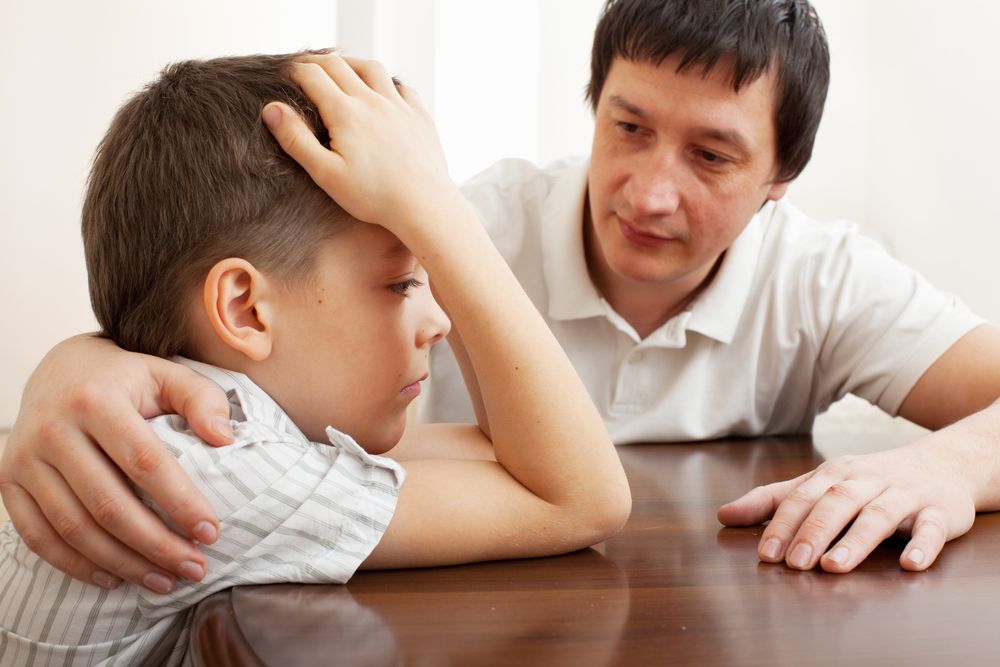HELPING SCHOOL AGE CHILDREN MANAGE CONFLICT
Children experience conflict in their everyday lives. Conflict can happen at home, school, or in the child care facility. Conflict produces stress, hurts friends, disrupts school and learning. Children can learn to manage conflict. They can learn to express their feelings in ways that lead to better decisions and better relationships. Working through conflict and not just avoiding it, can help children grow.
Here are some things that produce angry, hostile children who have little idea about how to resolve conflicts. Please do NOT:
- Focus on how "bad" a child behaves
- Dismiss the child's point of view
- Spy on children
- Tease children unmercifully
- Make all of the decisions for the child
- Talk "at" children instead of "with" them
- Overlook children's violent outbursts
Some conflicts are easy to predict and children can learn how to prevent them from ever getting started. But, sometimes there is no choice. Children may find themselves already in a conflict they did not expect. We all have choices in dealing with conflict. Sometimes, depending on the situation, one way is better than another. There are six different ways to deal with conflict:
- Avoidance: Do not address the problem at all. It is good when you need time to cool down and think. It is not good if issues never get addressed and your child loses the chance to express his/her feelings and opinions.
- Accommodation: Yield to the other person’s point of view, wants and needs, and do not assert your own. Useful when the issue at hand isn't as important as others.
- Competition: Do whatever it takes to win or get your way. Good when your child's goal is very important to him, but competition is very hard on relationships.
- Collaboration: Work together to find a solution that will satisfy the needs of everyone concerned. This is the ultimate in problem-solving where everyone can achieve their goals. Great for relationships.
- Compromise: “Split the difference” or seek a middle ground solution that partially satisfies you and the other person. Good for fast decision making on minor disagreements or when collaboration fails.
- Confrontation: Insist on addressing the issue with the other person face to face. Best when the matter is very important and must be resolved right away. Physical harm is never acceptable!
There are several other details about conflict resolution you should teach children. Teach children the secret of active listening. Some conflicts are just misunderstandings. Help children see the strengths of others. Look at the positive instead of the negative. Teach children to tolerate the views of others. Different is not wrong or right, it is just different. Children need to know that they can disagree with someone and be OK.
This is an issue that takes a long time to learn. Most adults do not have good conflict resolution skills. Allow children to explore the different ways of dealing with problems. Use skits, role playing and real examples to give children experience. Let children solve their disputes as often as possible.
For more information, try our online child care courses:
Basic Child Development: School Age
Prosocial Behavior: Pathways to Competence
